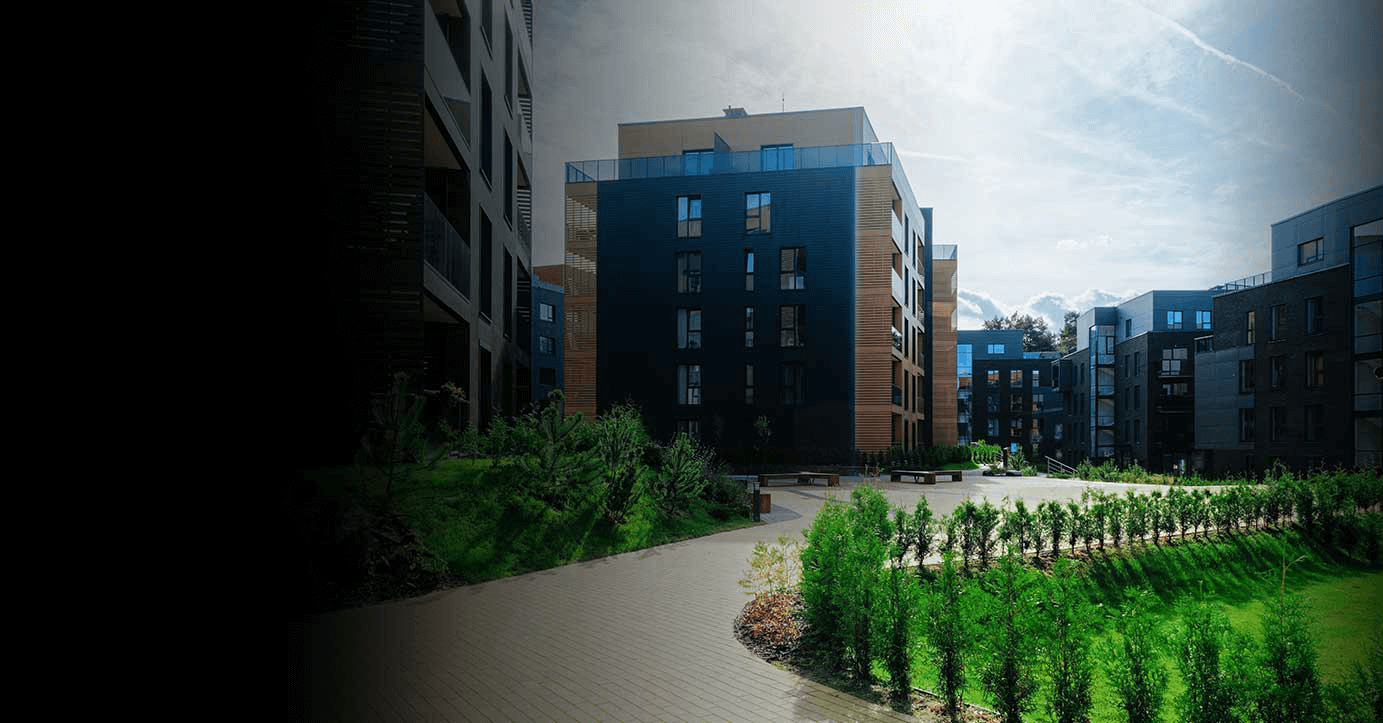Investigating the Effect of Network Standards on Improving Internet Access in Multi-Unit Units
Investigating the Effect of Network Standards on Improving Internet Access in Multi-Unit Units
Blog Article
Network standards play a vital role in enhancing internet access, especially in multi-dwelling buildings (MDUs) like flat buildings and condominiums. These standards outline how information is transmitted over systems, ensuring that equipment can communicate efficiently. As an increasing number of people rely on the web for work, learning, and entertainment, having a dependable and high-speed link in MDUs has grown increasingly essential. By understanding networking standards, building managers and tenants can make knowledgeable decisions about their web services, resulting to better access for all.
One of the key Ethernet specifications is IEEE 802.3, which details the specifications for cabled Ethernet connections. This specification has evolved over the years, bringing faster rates and improved performance. For instance, the initial Ethernet standard offered speeds of 10 Mbps per second, while newer iterations, such as Gigabit, can provide rates of up to 1,000 megabits per second. In MDUs, where multiple tenants share the same web link, having a rapid Ethernet network can significantly enhance the overall user interaction. Quicker rates mean quicker downloads, more seamless streaming, and greater visual calls, which are essential for remote work and virtual learning.
Another significant aspect of Ethernet standards is the use of structured wiring infrastructures. These structures arrange and manage the system wires that link equipment within a building. By following the guidelines set by Ethernet protocols, MDUs can guarantee that their wiring is effective and efficient. This organization helps reduce interference interference and enhances information transfer standards. Additionally, organized cabling allows for simpler upgrades and maintenance, allowing it easier for building administrators to adjust to evolving technology requirements. As web usage continues to grow, having a well-structured cabling system becomes vital for ensuring top-notch access.
Power over Ethernet (PoE) is another significant development in Ethernet technology that benefits MDUs. PoE enables system wires to carry electrical power along with data, eliminating the requirement for individual power sources for devices like security cameras, Wi-Fi access points, important link and VoIP phones. This capability simplifies installation and reduces clutter, making it easier to set up a comprehensive network in multi-unit buildings. By leveraging PoE, building administrators can improve safety and boost web access throughout the building without the added expense of additional electrical installation.
In summary, Ethernet protocols have a significant impact on web access in multi-unit buildings. By offering quicker speeds, organized wiring, and advanced features like Electricity over Ethernet, these standards help establish a reliable and efficient system for residents. As technology persists to advance, remaining aware about Ethernet standards will be crucial for building administrators and tenants alike. By investing in the appropriate framework, MDUs can ensure that all tenants enjoy a seamless web experience, rendering their homes more linked and accessible.